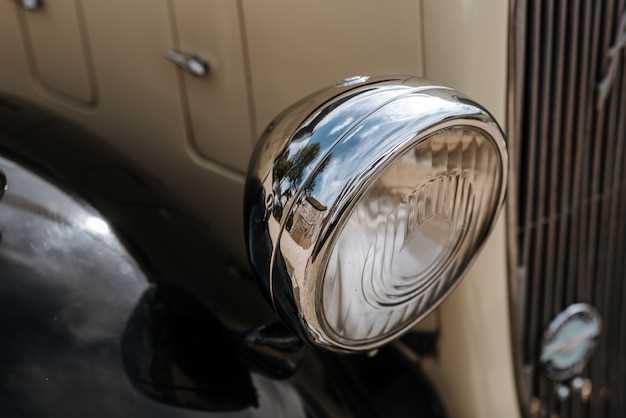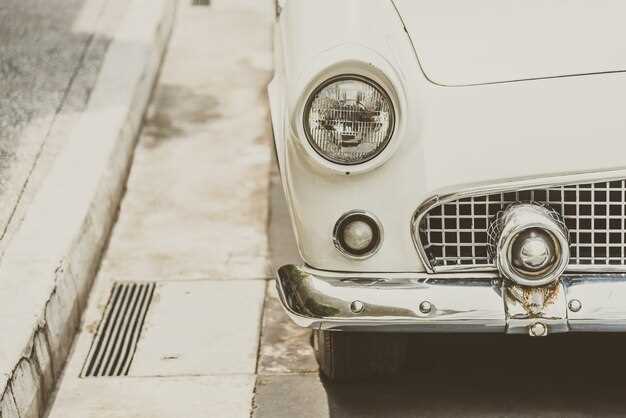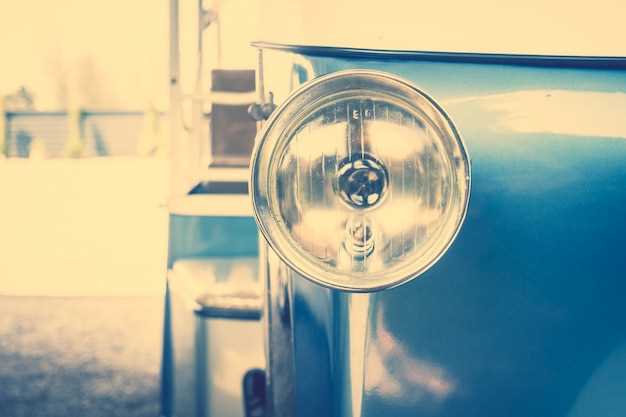
In the world of automotive enthusiasts, vintage cars hold a special place, combining nostalgia with a unique sense of artistry. Understanding the factors that contribute to the value and appeal of classic cars is essential for collectors and investors alike. Various elements come into play when assessing the worth of these timeless automobiles, making it important to delve into each aspect thoroughly.
One of the primary factors influencing a vintage car’s value is its condition. Cars that are well-preserved or have undergone comprehensive restorations tend to be more appealing. The originality of parts and authenticity of the vehicle play crucial roles in determining its market value. A classic car with matching numbers–where the engine and body numbers align with those originally produced–can significantly enhance desirability among collectors.
Another pivotal factor is rarity. Limited production models or vehicles that were manufactured in small quantities often see a surge in interest and price. Additionally, the historical significance of a classic car, including its association with notable figures or events, can also elevate its status among enthusiasts. Ultimately, these factors intertwine to create a compelling narrative around vintage cars, making them not just vehicles, but treasured collectibles.
Condition and Authenticity: Key Indicators of Worth

The condition of a vintage car is one of the most critical factors that determine its value. Cars that are well-maintained, free from rust, and have all original parts tend to fetch higher prices in the market. A vehicle in pristine condition not only offers a better driving experience but also signifies a faithful representation of its era. Buyers prioritize cars that show minimal wear and tear, as this often correlates with the car’s ability to retain its value over time.
Authenticity plays a significant role in defining the worth of a vintage car. Authentic vehicles that retain their original components, including the engine, transmission, and interior, are typically more valuable than heavily modified ones. Collectors often seek genuine models with verified histories, as these cars reflect the craftsmanship and engineering of their time. Original paperwork, such as service records and factory manuals, contributes to a vehicle’s authenticity, further enhancing its desirability and market price.
Inspection of condition and authenticity should include an assessment of the car’s mileage, restoration history, and any modifications made. Low mileage can be an attractive feature, indicating that the car has been gently used. Conversely, modifications can sometimes decrease value if they are not in line with the collector’s expectations. Buyers are often willing to pay a premium for cars that have stories behind them, provided these stories are genuine and well-documented.
In summary, both the physical condition and authenticity are crucial indicators of a vintage car’s worth. Cars that preserve their original state and exhibit excellent maintenance often command top prices in the collector market. As such, discerning buyers will always prioritize these factors when evaluating potential purchases.
Rarity and Provenance: How Scarcity Influences Demand

Rarity significantly impacts the value and desirability of classic cars in the collector’s market. When a vintage car is produced in limited quantities, it naturally creates an allure among enthusiasts and collectors. The scarcity factor increases demand, often leading to higher prices. Models that were manufactured in small numbers, or those that come with unique features, are especially sought after due to their exclusivity.
Provenance adds another layer of value, detailing the history of the car and its previous ownership. A documented lineage showcasing past owners, especially if they include notable figures or celebrities, can heighten interest and willingness to pay a premium. Buyers often seek assurance that their investment is not only rare but also comes with a rich history, making provenance a crucial factor in enhancing demand.
The interplay between rarity and provenance establishes a compelling narrative for classic cars. Collectors are drawn to vehicles that not only represent a specific era but also tell a unique story. Therefore, cars with both scarcity and a known history tend to attract more passionate buyers, further driving up their market value.
Restoration Quality: Impact of Craftsmanship on Value
The quality of restoration plays a crucial role in determining the value of a vintage car. Craftsmanship not only influences the aesthetic appeal but also ensures the longevity and functionality of the vehicle.
Key Aspects of Restoration Quality
- Authenticity: Maintaining original parts and specifications can significantly enhance value. Collectors often prefer cars that are as close to their factory condition as possible.
- Attention to Detail: High-quality restoration focuses on meticulous details, from paint finish to interior upholstery, which attracts buyers seeking perfection.
- Materials Used: The use of genuine parts versus aftermarket replacements can impact both the value and appeal of the vehicle. Original components are often more desirable.
- Mechanical Integrity: A car that functions flawlessly is of higher value. Quality craftsmanship ensures that the vehicle runs smoothly and reliably.
The Craftsman’s Role
The skill of the craftsman directly correlates with the quality of restoration. A proficient restorer understands the importance of preserving the vehicle’s essence while integrating modern technologies when necessary.
- Experience: A seasoned restorer is likely to produce higher quality work, knowing common pitfalls and best practices for vintage car restoration.
- Reputation: Restoration by a well-known professional can add significant prestige, increasing the car’s market value and desirability among collectors.
In conclusion, restoration quality through expert craftsmanship significantly impacts vintage car value. Attention to detail, authenticity, and the experience of the restorer collectively determine a classic car’s appeal in the marketplace.

